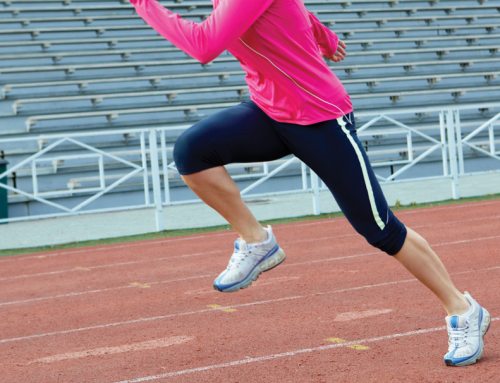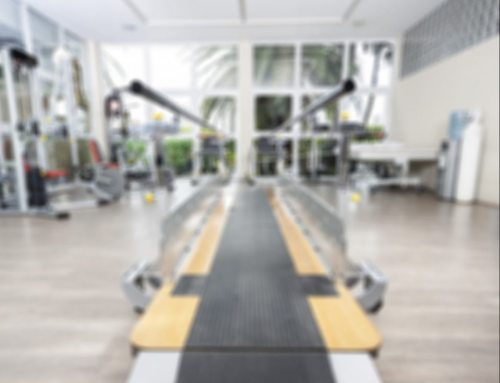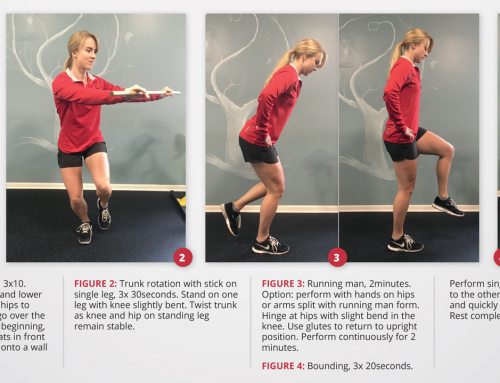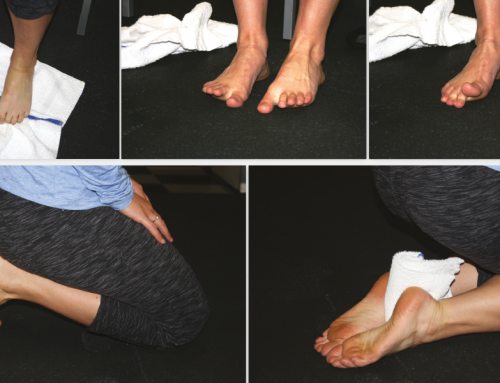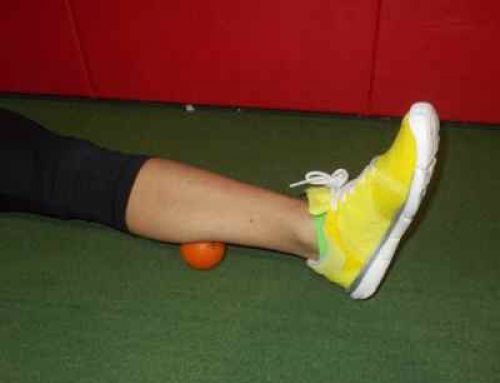By Brian Beatty
When we keep track of many important items, we develop inventory lists or checklists to scan and make sure critical things are not overlooked. The checklist brings our attention to little things that could have larger negative impacts in the future, if overlooked.
The same concept can be applied to our body, but many of us don’t develop and use this tool as well as we could. The goal of having a Body Checklist is to catch changes early and intervene. The unnoticed stiffness in the hip today could be the thing that robs 45 seconds from your pace in 2 weeks and sets up an awkward knee twist and injury next month.
Keep it Simple, so you will do it. Stick to something you can run through in five minutes. Limit it to 4 to 8 moves. Once you go through the checklist, if you want to do more stretching, core or strength exercise, that is fine, but the Body Checklist does not have to turn into a workout every time. If it becomes too much work, it won’t get done regularly.
The Routine aspect has two components: same thing; same time. Every time you go through your checklist, do the same basic things. The goal is to build the knowledge of how each move ‘normally’ feels so that you immediately recognize something that is different from your norm.
It helps to do the routine at a recurring time. It could be first thing in the morning to awaken the body and start the day, the end of the day to release tension and relax in preparation for the recovery of sleep, or part of the warm up before a workout or cool down afterward.
The Relevancy of the checklist should address both the activities that you normally engage in and the common areas of complaint in your body. You want to be sure that you gather information from the primary muscles, joints and movement patterns needed for your activity of choice. For example, runners need to know if anything is restricting your leg moving behind you as the opposite arm moves forward. We also all have our specific nagging parts. If the right hip and low back tend to be tired after a long ride, be sure to have a move that allows you to check in on that area. This is your checklist, let it serve your needs.
To start creating your checklist, it can be helpful to build around things familiar such as a yoga pose series or your existing warm up or cool down routines. Go through the movements slowly and mindfully, scanning your body as you go. As you move, notice what muscles contract as you gently move toward end range. As you move, notice where the first resistance occurs, both within your body and at what point in the movement. Notice how much further can comfortably you go once you encounter the first change in resistance. See if there is anything you can relax to ease the strain of the movement. Notice these things frequently enough and you will notice familiar patterns. When something unfamiliar or different arises, you can then address it.
Have fun developing your own checklist. Next month we will address what to do with the information you gain. For more about sample movements, body scanning and the checklist process visit www.balanced-movement.com/bodychecklist.
# # #
Brian Beatty, PT works and plays at Balanced Movement Studio where he is engaged daily with the challenges and inspiration of creating body checklists; interpreting the information the body is putting out and creating action plans from that information. Www.balanced-movement.com


